Indoor mold is always a problem that needs fixing until proven otherwise. Why are they so intolerable you might ask? Apart from making your property look repulsive, they cause an array of structural damage and health issues to both occupants of the building and the building itself.
So if these fungi are found in your home, your best bet is to get rid of them and to get rid of them, you have to know them to fight them.
- Molds are fungal bodies that reproduce by forming spores. Spores are very small and usually have to be viewed under a microscope to be seen. They are the ones responsible for the ubiquitous nature of molds, especially in damp areas.
- Molds can on basically any surface and anywhere. They grow at temperatures ranging from 40 to 100 degrees Fahrenheit. They use organic materials e.g. wood, leaves, paper, and trees whether alive, dead, or decaying as their food source because they cannot photosynthesize like plants.
- Molds require a few things to grow. Mainly Moisture, oxygen, and warmth in the right conditions mold are expected to begin to grow within 24 to 48 hours. It is for these reasons you can find mold growing anywhere including your home.
- Molds are commonly found in the home in areas such as the basement, the attic, beneath a leaky roof, kitchen, along with leaky plumbing pipes, showers, baths, under the kitchen sink, in the refrigerator, microwave, on your mattress, even in your chimney. They are commonly found in these places because of high humidity levels. Since molds are water-loving, it is usually seen in houses after a flood. In the event of a flood, it is very important that an expert is called upon to check the house so as to prevent a mold problem.
- They are notorious for their associated health effects and symptoms. Some people are sensitive to molds and such people when around mold can develop symptoms like itchy eyes, runny nose, itchy skin, wheezing, headaches, rashes, tiredness, nasal blockage usually respiratory symptoms. Other strong allergic reactions to molds can develop asthma, fever, and have shortness of breath. People with a weakened immune system such as cancer patients or people who have just had a recent organ transplant have increased sensitivity to molds and can develop lung inflammations and pneumonia. If you notice you have any allergies or reactions due to mold, see your general physician, and get a professional to get rid of the mold.
- Moisture is one of the greatest determining factors for mold growth. The causes of excessive moisture in the home include:
- Poor ventilation
- Normal day to day activities such as cooking, showering, boiling water in a kettle
- Water vapor condensation
- Leaking roofs
- Regions with high humidity
- Faulty appliances like the air conditioner, dishwasher
- High rainfall regions
- Flood
- Drying laundry indoors
- Water damage from burst pipes
7. There is no concrete method of getting rid of indoor mold. Prevention is mostly what is advised. Hence, mobilization of factors specifically against excessive indoor moisture.
-
- Use dehumidifiers in the particularly humid areas in your home: Dehumidifiers also serve to reduce the moisture content in your home. They should be placed in places such as your kitchen and bathroom, known for generating the most moisture in the home.
- Take care of repairs quickly: This has several benefits including preventing further damage. It can be as simple as replacing a dripping water faucet, repairing a burst pipe, replacing a leak in the room, cleaning a blocked gutter, to stop the progression of structural damage that would eventually lead to water damage to your property and then mold growth.
- Clean your home regularly: It is not only healthy for you but it would help you to discover any mold in your home early, detect any dampness or mustiness of a room, instead of waiting till your home becomes physically colonized by mold.
- Home inspection: Making a thorough home inspection once or twice a month would help you check for areas that are moist, what needs repair, for example, leaky pipes, worn roofs, etc.
- Control the humidity in your home: Normal indoor humidity should be kept between 30 to 55 percent. Higher than this would predispose your home to mold growth. Hence, keeping the home humidity in check would decrease the moisture available for mold growth.
- Use your exhaust fans after showering: If you do not have an exhaust fan, leave the door to your shower open for the moisture left behind to dry up. The exhaust fan or opening of a door is to reduce the moisture content in your shower and thus preventing the growth of mold.
- Improve ventilation in your home: open up windows and doors keep or use a good and well-maintained air conditioner.
- Take shorter showers than hot long baths which increase the indoor humidity because of the steam it produces. Alternatively, you can open a window when taking your shower; use a special type low flow showerheads, or partially opening your shower to reduce the steam stream.
- Do not carpet concrete basement floors. It can become a hotspot for molds.
- Make plumbing accessible in case repairs are needed.
- Remove and replace or dry previously soaked carpets and upholstery.
- Install emergency shut-offs for all plumbing works in case there is a leakage.
- Get your air conditioner checked up regularly.
- Consider using inorganic materials in building your house.
- Add mold inhibitors to paint before application.
8. Mold removal is done with commercial mold control products containing bleach or ammonia. You can also use vinegar and a brush to scrub the area the removed mold grew around. This will prevent the re-growth of mold. Do not use vinegar on sensitive surfaces. An alternative to vinegar is borax and water.
-
-
- When you use bleach to clean up mold, do not mix bleach and ammonia or you would produce poisonous gas. Open up your door to allow fresh air and follow the manufacturer’s instruction manual.
- You could also use soap and water to remove mold with a brush and heavy brushing.
-
Although indoor mold is infamous for its destructive tendencies, it surprisingly serves some purpose in the art industry like molds are sometimes used for artworks on homes to give the homes an old look. Either way, great care is to be taken when it comes to dealing with mold and if you cannot handle it, getting a professional to exterminate should be done.







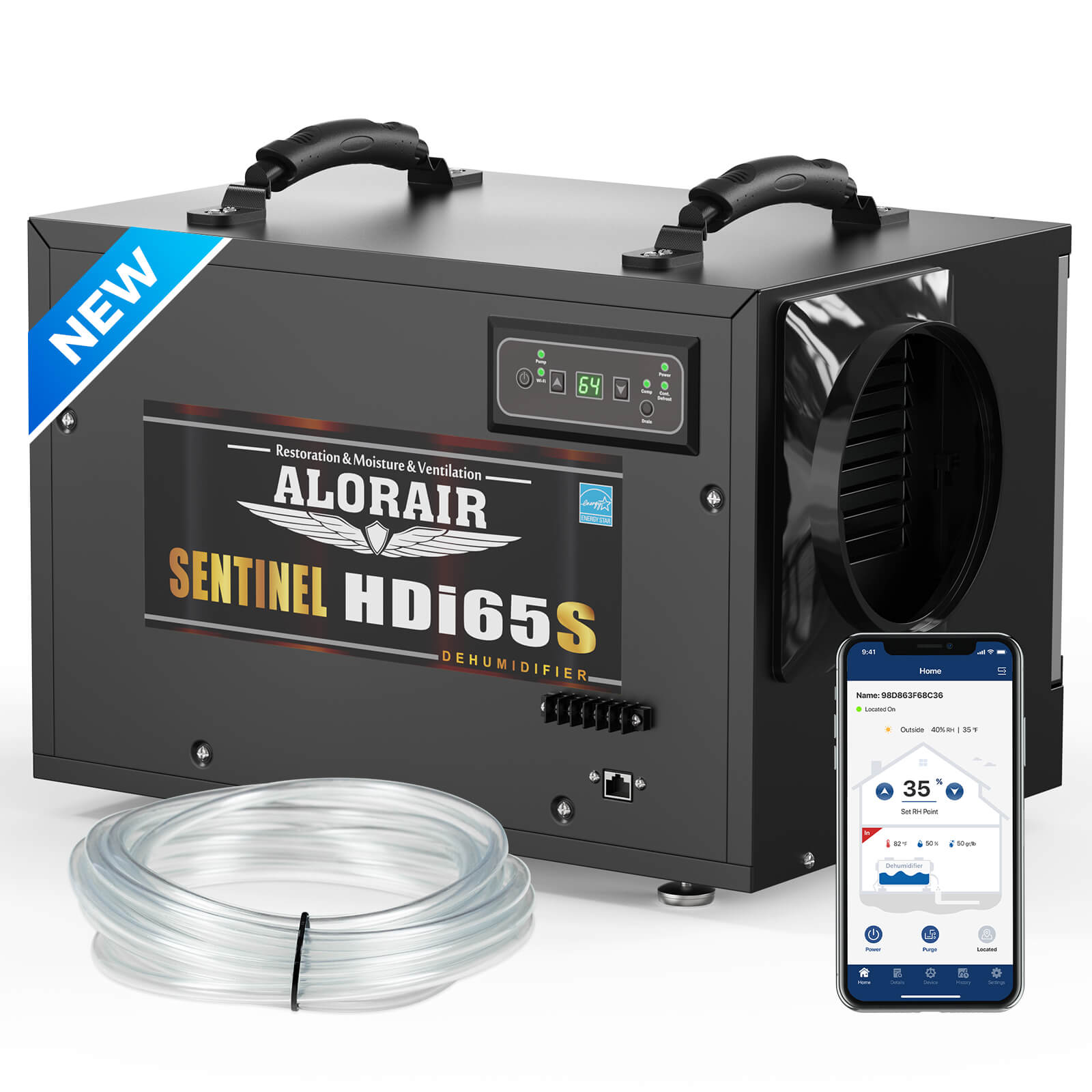
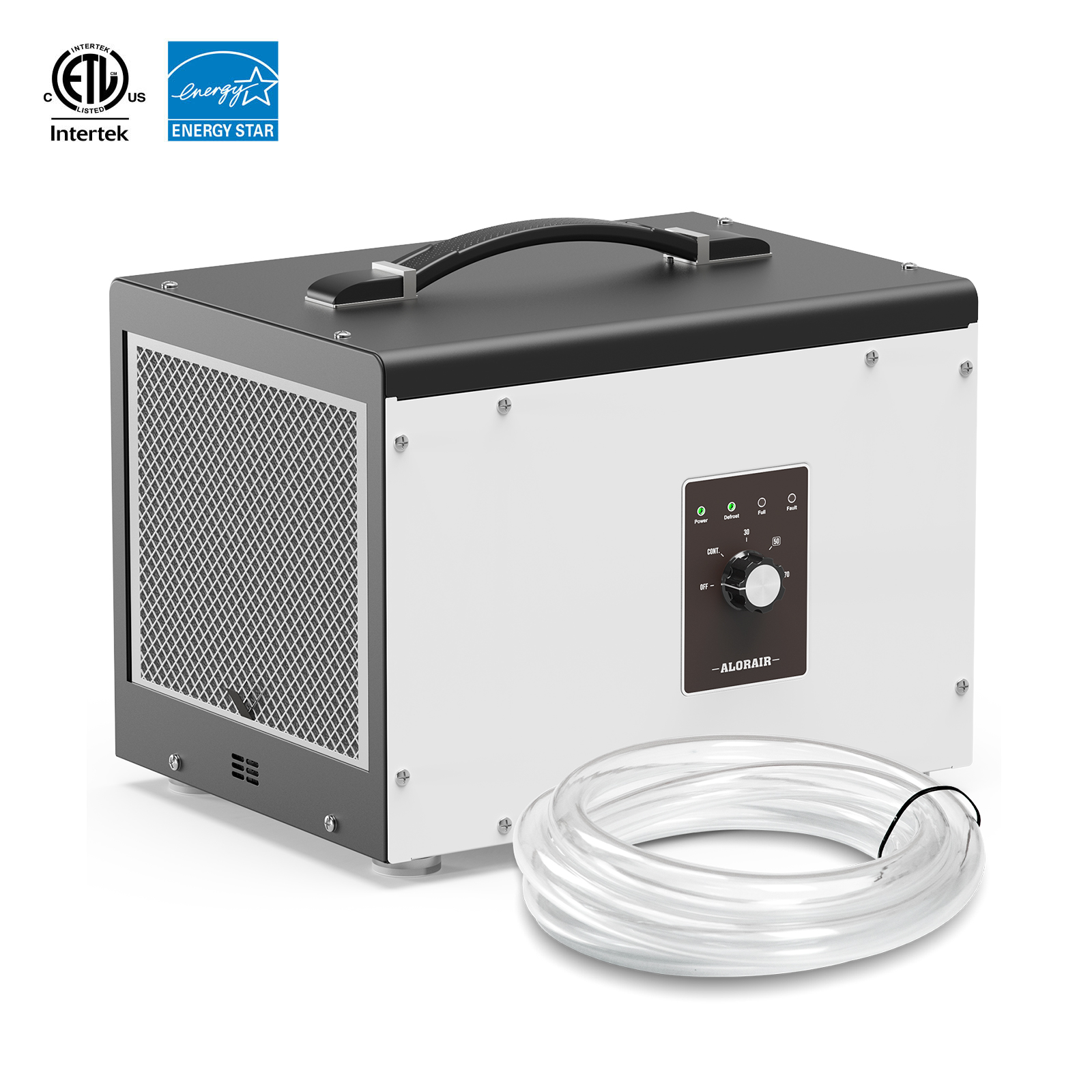
.jpg)
.jpg)

.jpg)

.HDi90.png)
.HD90.png)



.jpg)

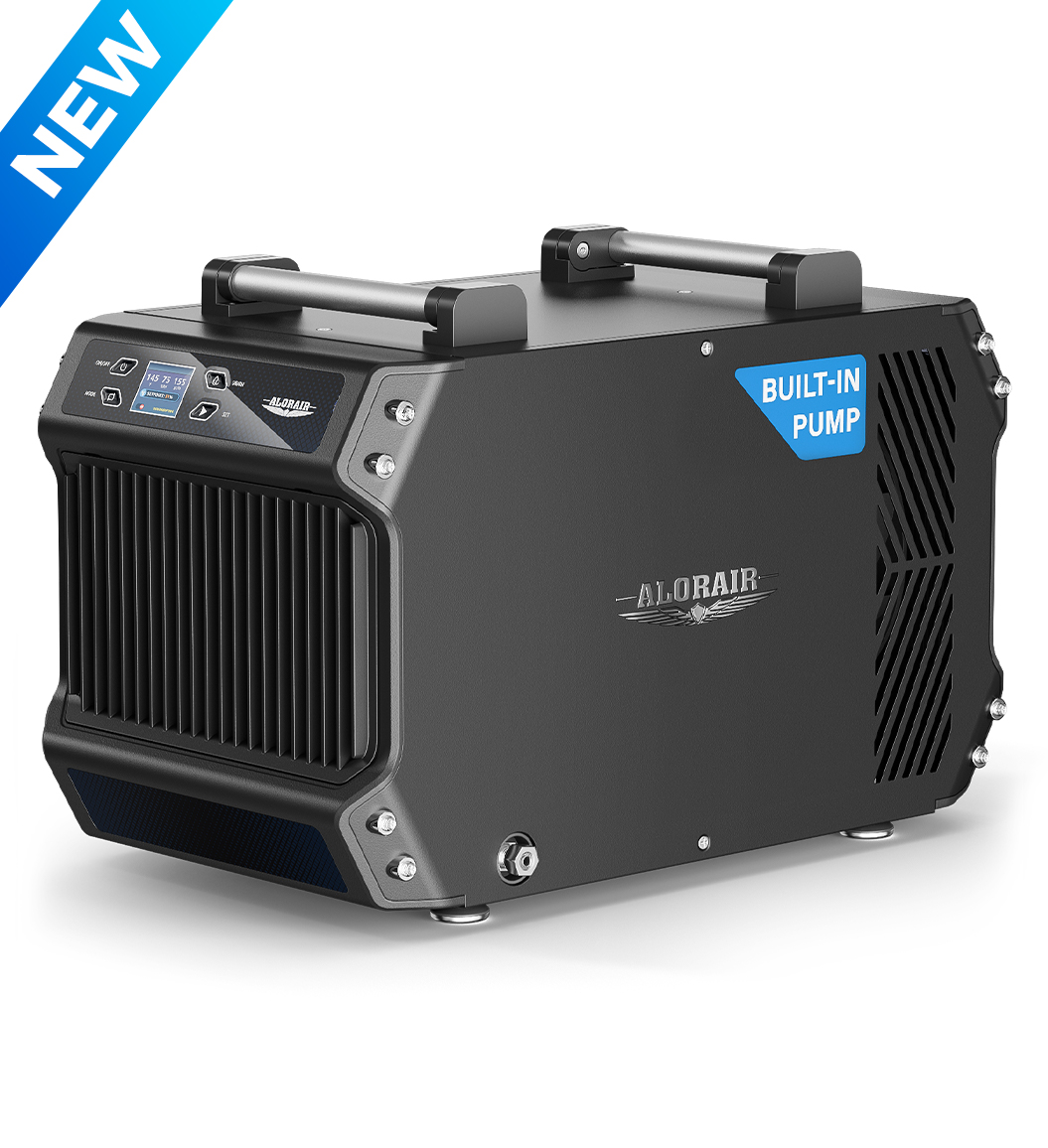




.jpg)
.jpg)
.jpg)
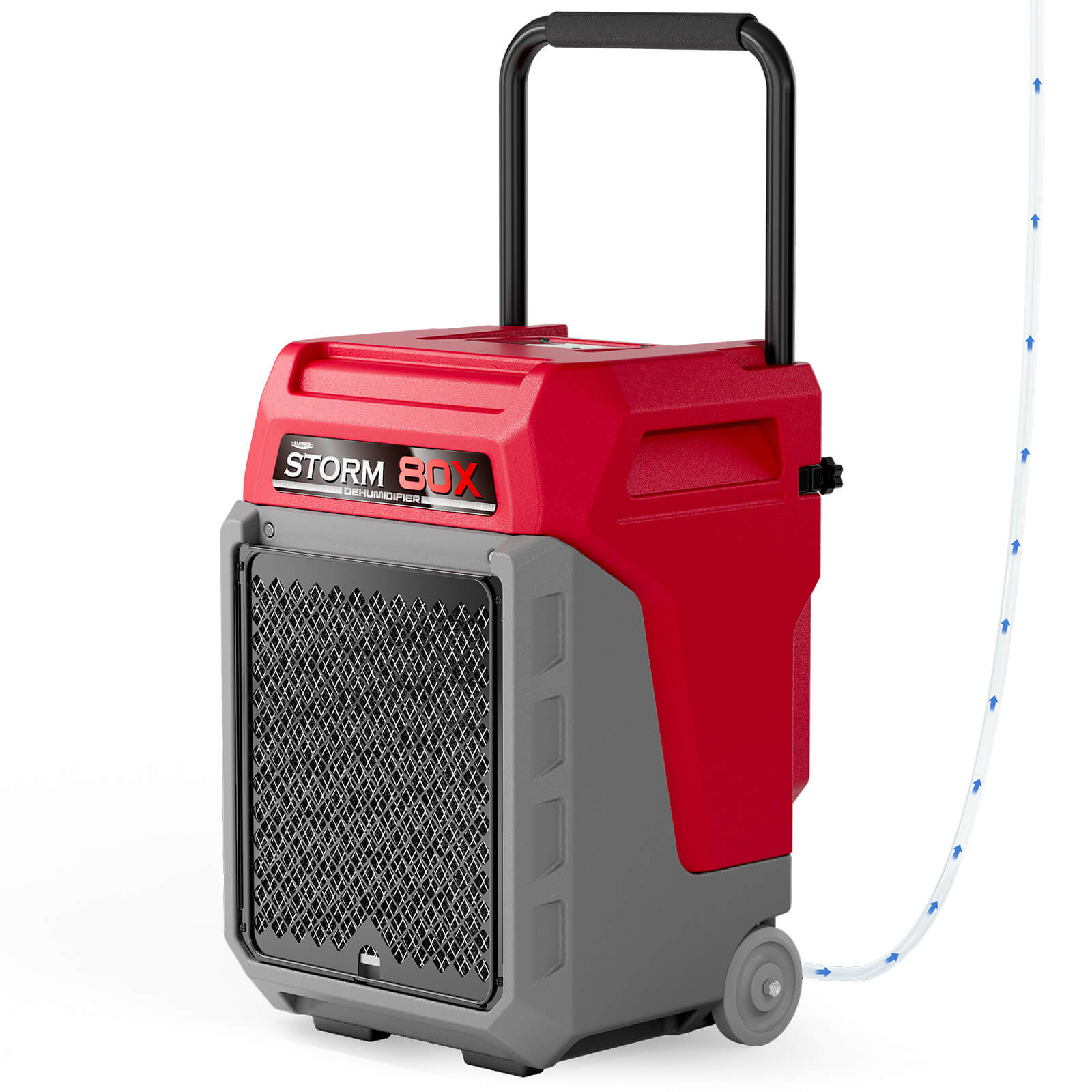


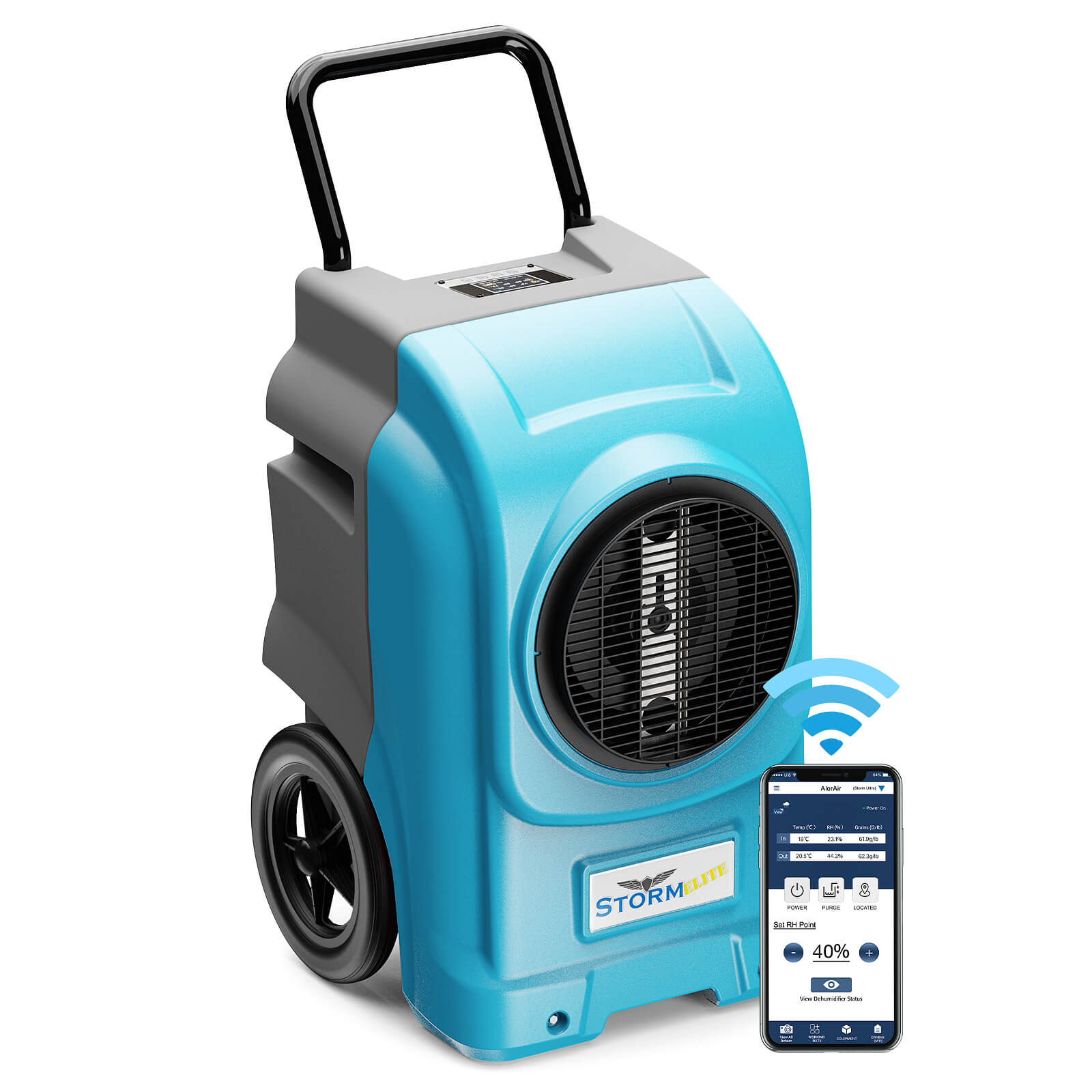

.jpg)
.jpg)

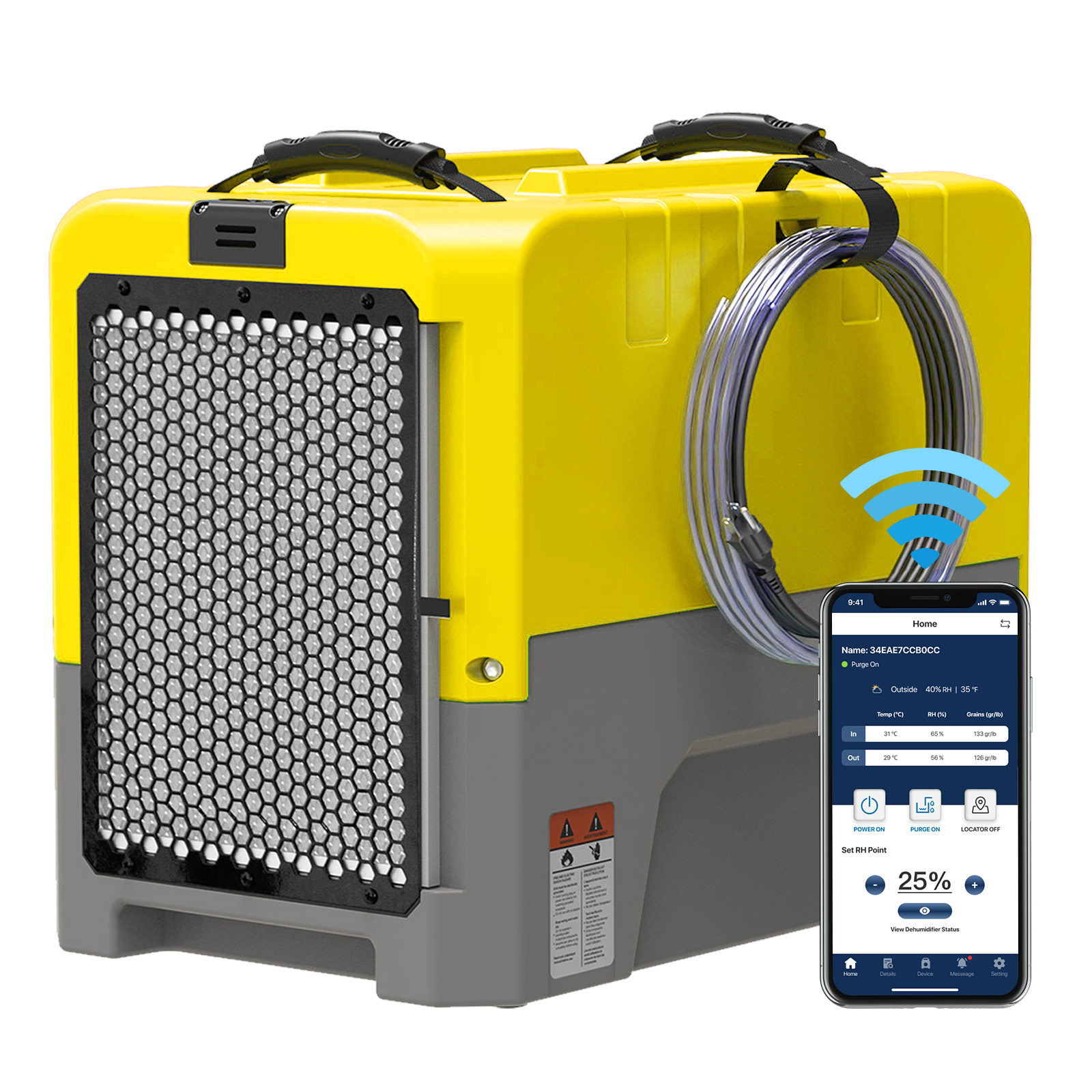








.jpg)
.jpg)








.jpg)
.jpg)










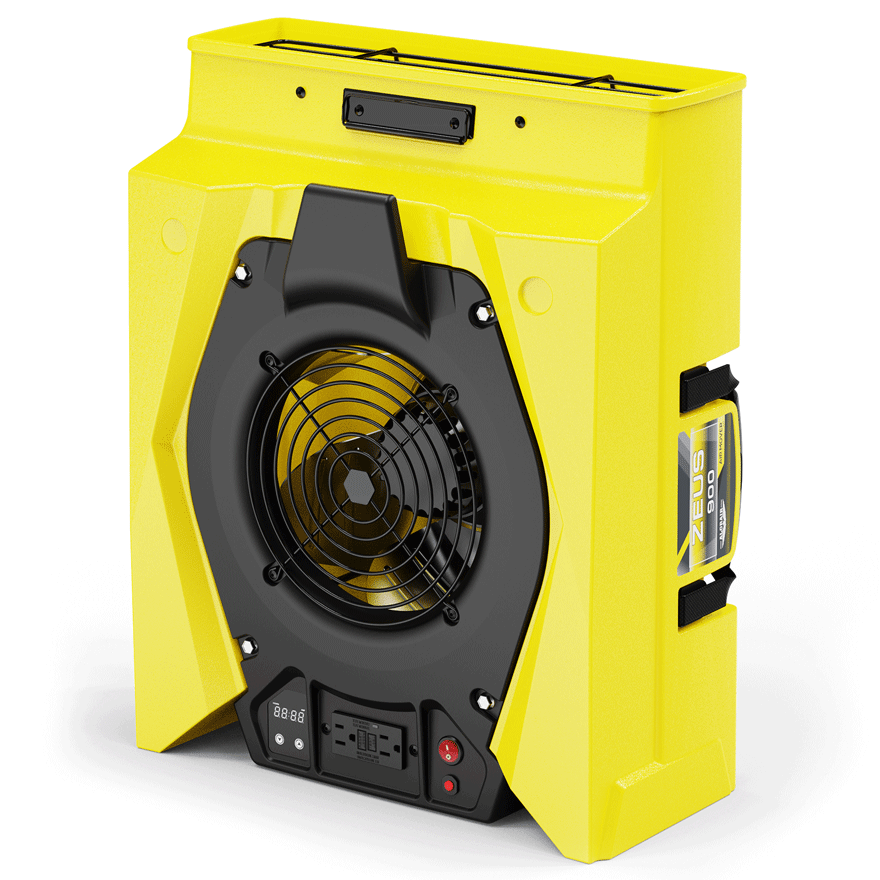
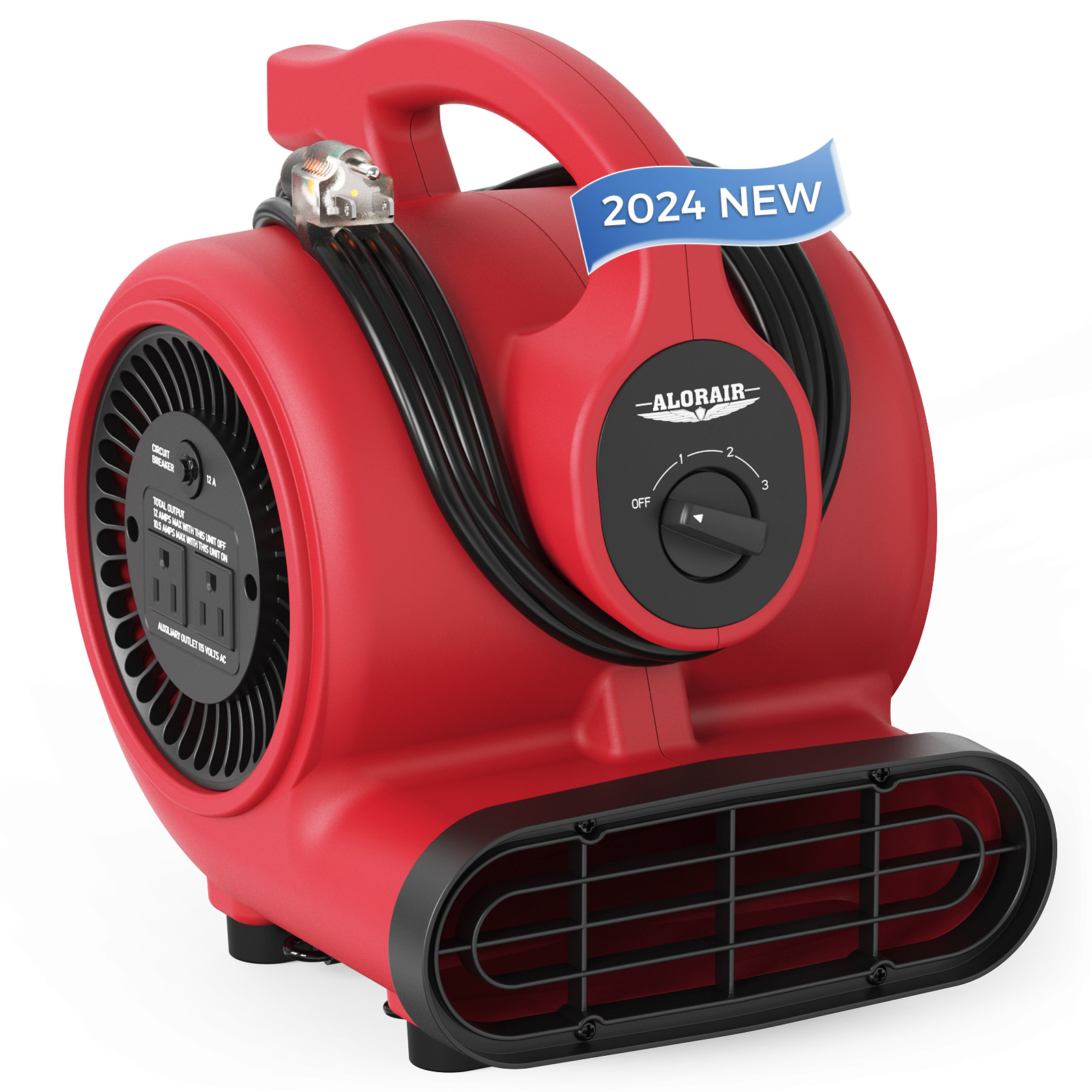
.jpg)
.jpg)
.jpg)
.jpg)
.jpg)
.jpg)
.jpg)
.jpg)
.jpg)
.jpg)
.jpg)
.jpg)
.jpg)
.jpg)





.jpg)
.jpg)
















-.jpg)
.jpg)

.jpg)
.jpg)



























 Exclusive offers
promotions
Exclusive offers
promotions

